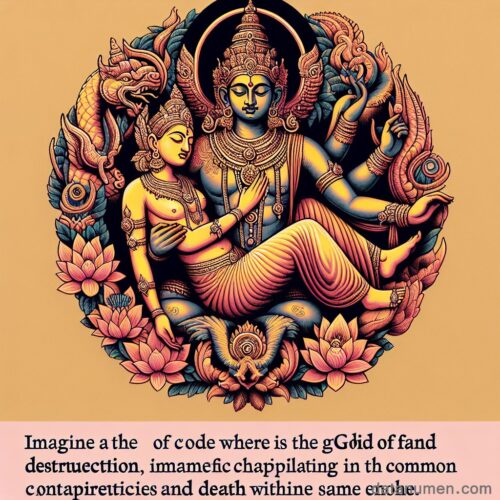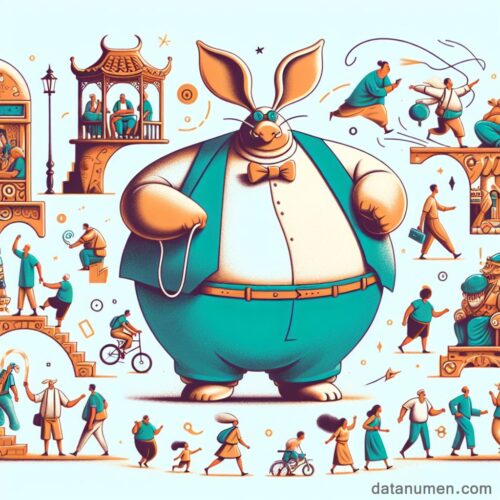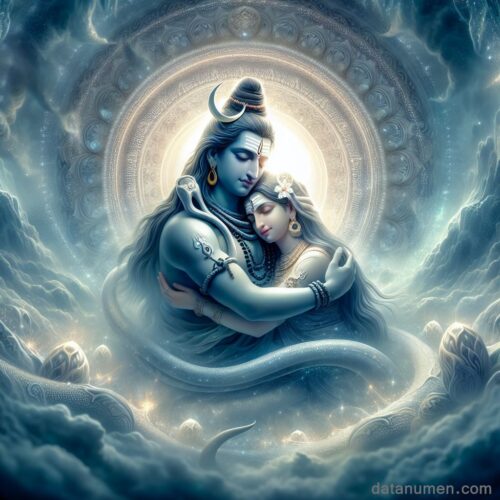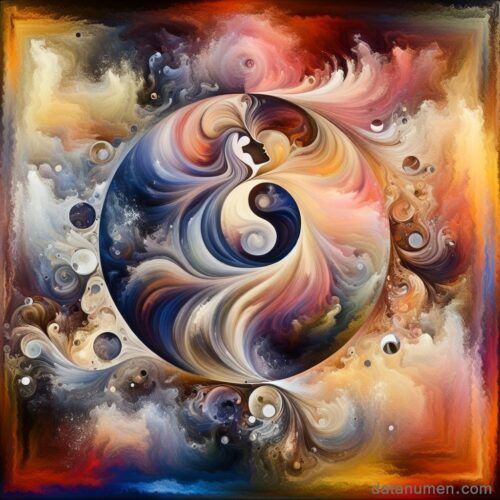1. Introduction
In Hindu mythology, Shiva is revered as the god of destruction, often depicted as peacefully sleeping on Mahakali, the goddess of time and death. Shiva is considered one of the principal deities of Hinduism, along with Brahma the creator and Vishnu the preserver. The image of Shiva reclining on Mahakali symbolizes the cyclic nature of creation, preservation, and destruction in the universe.
Shiva is associated with various attributes and symbols, including the trident or trishul, the damaru (a small drum), the snake around his neck, and the crescent moon on his forehead. He is also known for his serene and meditative nature, as well as destructive powers. Mahakali, on the other hand, is often depicted as a fierce and powerful goddess, representing time, change, and death. Together, Shiva and Mahakali embody the dual forces of creation and destruction, essential for the balance and continuation of the universe.
The depiction of Shiva peacefully resting on Mahakali serves as a powerful metaphor for the interplay between life and death, creation and destruction. It reminds believers of the transient nature of existence and the inevitable cycle of birth, life, death, and rebirth. This sacred image also conveys the idea of surrender and acceptance, urging followers to find peace and harmony amidst the ever-changing and unpredictable forces of the cosmos.

2. Description of Shiva
Shiva, one of the principal deities of Hinduism, is often depicted with a serene face, closed eyes, and a third eye on his forehead. This iconic feature represents his ability to see beyond the physical realm and into the spiritual world. The third eye is a symbol of wisdom, knowledge, and enlightenment.
Additionally, Shiva is often shown wearing a crescent moon on his head, signifying his control over time. The moon is also associated with tranquility and inner peace, further emphasizing Shiva’s divine nature.
Another common symbol associated with Shiva is a snake, which is often depicted coiled around his neck. The snake represents Shiva’s power over the life force and his ability to transcend the dualities of life and death. It is a reminder of the cycle of creation, preservation, and destruction that Shiva embodies.
Overall, the portrayal of Shiva with these distinctive features serves to illustrate his role as a supreme deity who governs the forces of creation and destruction, as well as his connection to the spiritual realm and the cosmic order.

3. Description of Mahakali
One of the most striking features of Mahakali is her midnight-colored skin, which symbolizes her fierce and powerful nature. She is often depicted with muscular arms that signify her strength and ability to overcome obstacles. Mahakali is also portrayed with many arms adorned with jewels and weapons, representing her ability to protect and defend her devotees. The jewels symbolize her grace and beauty, while the weapons showcase her readiness to battle any evil forces that threaten the balance of the universe.

4. Divine Embrace
Shiva found solace under Mahakali’s protective curve, enveloped by an otherworldly radiance. The Divine Embrace between the two deities created a sense of peace and safety, as if all troubles and worries had melted away in the presence of the divine power.

5. Harmony in Chaos
In this section, the image conveys a sense of tranquility and harmony, illustrating the delicate balance that exists within the universe. Despite the chaotic elements present in the picture, there is an underlying order that brings a sense of unity and peace.
The colors and shapes in the image work together to create a harmonious composition, where every element plays a specific role in maintaining the overall balance. The contrast between light and dark, as well as the juxtaposition of different textures, add depth and complexity to the scene.
Through the depiction of chaos and harmony coexisting, the image reminds us that out of disorder can emerge beauty and serenity. It serves as a powerful visual representation of the yin and yang concept, where opposing forces are interconnected and interdependent.
As we contemplate this image, we are encouraged to seek harmony in our own lives, embracing the chaos and finding equilibrium within it. Just like the elements in the picture work together to create a unified whole, we too can strive to find balance and peace amidst the turmoil of everyday life.

Leave a Reply